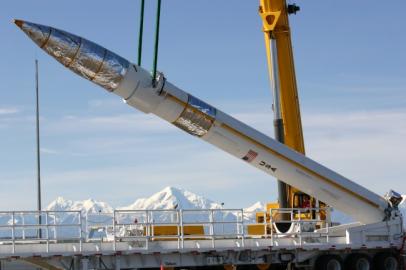Re-visiting Missile Defence Cooperation?

See The Simons Foundation's Disarming Arctic Security page for briefing papers on military policies and practices in the Arctic region by Ernie Regehr, Senior Fellow in Arctic Security at The Simons Foundation.
Re-visiting Missile Defence Cooperation?
January 8, 2015
Recent reporting on Russia’s new military doctrine accorded banner coverage to the Kremlin’s designation of NATO as its “number one threat, but very few news stories acknowledged the new doctrine’s statement of Russian openness to cooperation on missile defence. Arctic missile defence installations may not figure prominently in the current deep strains in NATO/Russian relations, but East/West relations are unlikely to reach any sustainable equilibrium without some resolution of the missile defence question generally, so any opening on that front deserves attention.
American and NATO ballistic missile defence (BMD) programs have from their earliest days bedeviled relations with Russia. As a diminished military power, Russia assigns high strategic importance to its nuclear deterrent and looks warily upon any development that it thinks might undermine its nuclear retaliatory capability. The fact that no American or NATO BMD system has either the technical competence or the sheer numbers to pose any credible threat to Russia’s deterrent, is not really the point. Left unchecked, argue President Vladimir Putin and his generals, western BMD could at some point be rapidly expanded to the point that it would become a threat. At the very least, American/NATO BMD does not put Moscow into a mood to contemplate further cuts to its nuclear arsenal.
Indeed, in their year-end musings, Russian military leaders have been declaring that rebuilding strategic nuclear forces – submarines, intercontinental missiles, long range strategic bombers – will be a priority in 2015, and they have also been touting Russia’s own development of missile defence systems analogous to the US/NATO Terminal High Altitude Area Defense (THAAD) system and the North American US ground-based midcourse defence system with its Arctic-based interceptors. Continue reading...